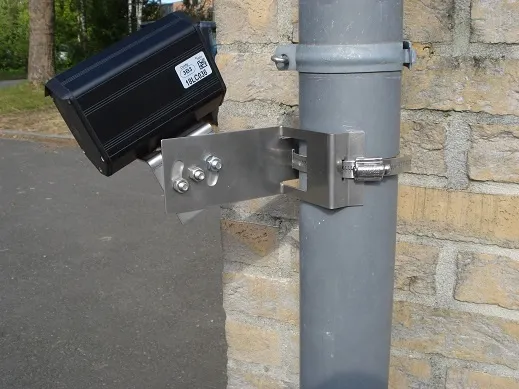Image Sensing Systems’ (ISS) Hong Kong based subsidiary has supplied and installed 360 units of Autoscope video detection equipment for integration with traffic signal controllers in the large Chinese city of Jining, a coal mining area in the southern part of Shandong province. The city has a population of over eight million people and the rapid economic growth and explosive increase of individual vehicle ownership have lead to significant problems with traffic congestion.
Local company Anhui Keli suppli
June 13, 2014
Read time: 2 mins
Local company Anhui Keli supplied the traffic signal controllers for the urban traffic control system covering 90 major intersections; system integrator was Beijing-based Stone ITS Integration. Installation and commissioning was completed in 2013 and the system was successfully handed over to the city in the first quarter of 2014. During the two-year defect liability period, ISS is supporting the vehicle detection system.
The Autoscope video detection systems provide presence detection and accurate traffic data including volume, speed and occupancy for the system.
"Chinese intersections have traditionally used loop detection, leading to expensive and cumbersome maintenance issues, said Dan Skites, ISS managing director of EMEA / APAC. “We are very pleased to see a trend towards non-intrusive technologies such as Autoscope video. There are an increasing number of Chinese cities evaluating video image processing for intersection detection and we are very optimistic of our near-future opportunities in the Chinese market."
Jining City is located in a coal mining area in the southern part of Shandong province. Jining prefecture has a population of over 8 million people and the rapid economic growth and explosive increase of individual vehicle ownership have lead to significant problems with traffic congestion.









